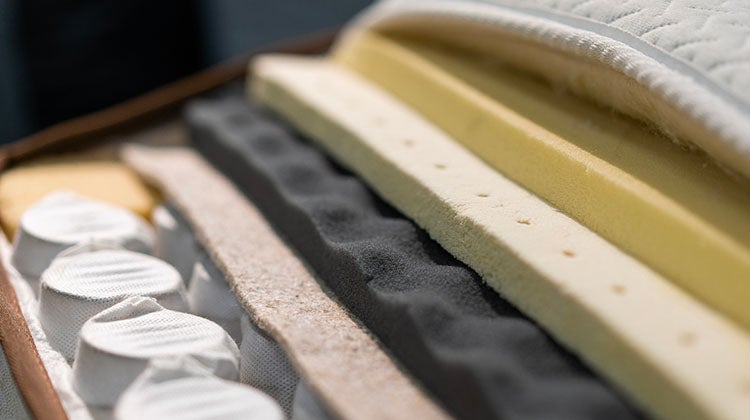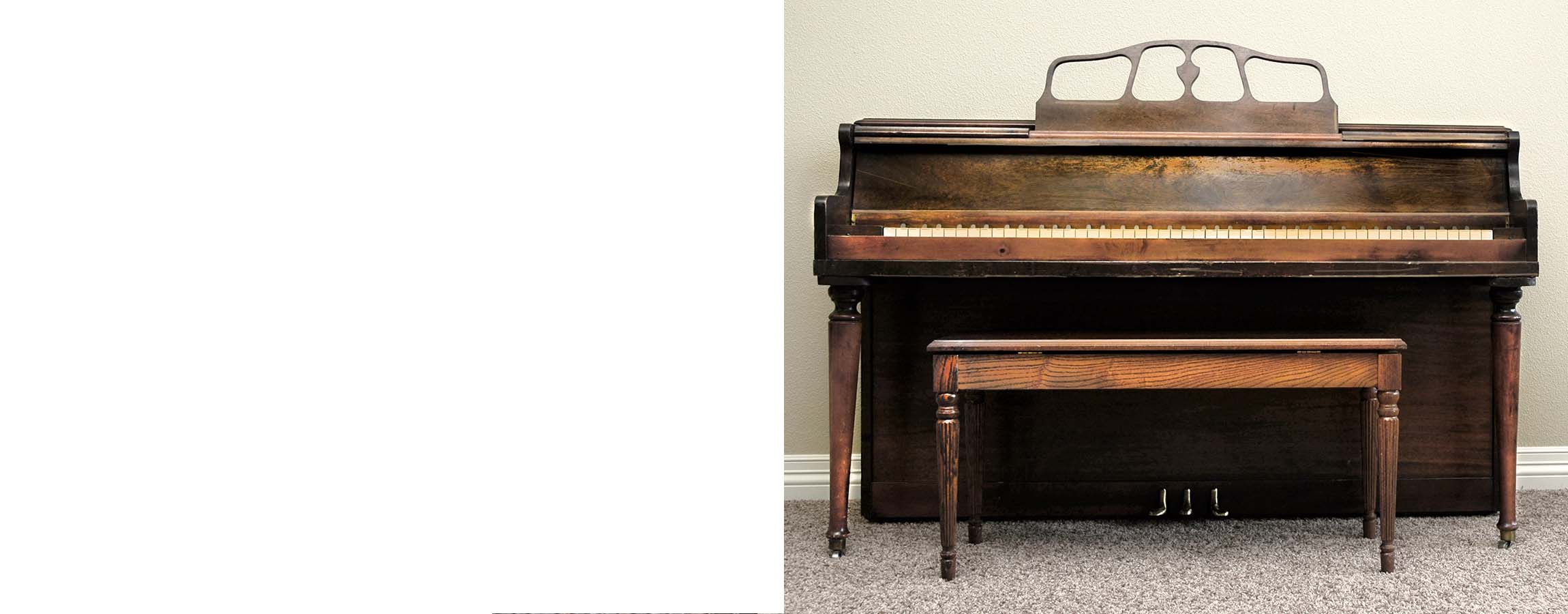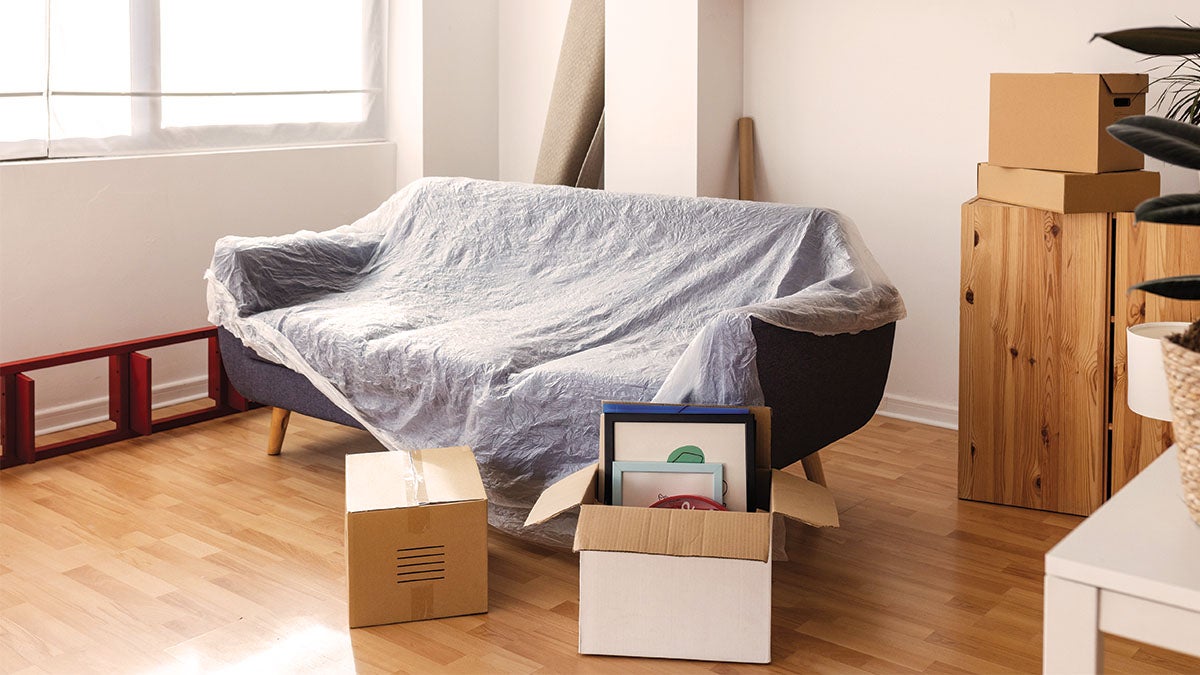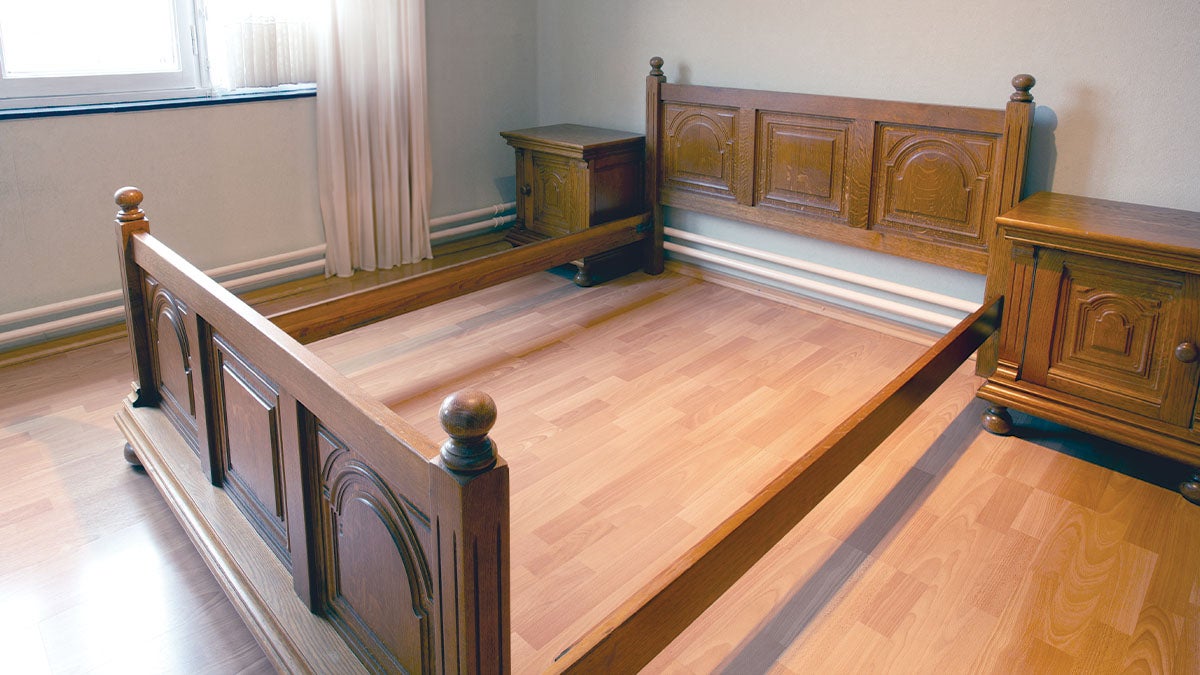Breaking down your mattress
Are you looking to recycle your old mattress? If you choose to do it yourself then disassembling it or breaking it down is the first step in making sure it gets disposed of responsibly. DIY mattress recycling can help decrease environmental waste and keep our planet green while saving you money that you would have to pay as disposal fees! With the right tools and knowledge, you can dismantle that old mattress quickly, easily, and in no time.
Disassembling a mattress might seem daunting at first, but the benefits of doing so are well worth the effort.
- You'll be taking steps towards reducing your carbon footprint and saving valuable landfill space.
- By breaking down the materials in your mattress, such as foam, metal springs, and cloth, you are able to give them a second life.
Once the mattress has been broken down into its individual components, check with your local recycling center to see what materials they accept. Or else, you can find other ways to use them at home. Read on to learn how it’s done!
Understanding the components of a mattress
Before you start to disassemble your mattress, it’s important to understand the components that make up a mattress and what recyclable materials can come out of them. Knowing this can help you determine how best to proceed when taking the mattress apart.
Typically, mattresses consist of three main parts:
- Foam
- Metal springs/coils
- Cloth fabric
Foam is usually made from polyurethane or latex, while metal springs are usually composed of iron or steel. Cloth components can also vary in composition but are most often made of cotton or polyester fabrics.
How each component contributes to the overall structure and function of the mattress
The foam in a mattress provides insulation, cushioning, and support. The metal springs act as a frame for the mattress, helping to keep it firm and stable. Finally, the cloth components provide additional comfort and breathability while keeping the other materials protected from dust and dirt.
Preparation and safety measures
Once you understand the components of a mattress, it’s time to prepare for disassembly. Make sure to wear protective clothing, such as gloves and a face mask, to avoid any potential injury or contamination from dust particles. Additionally, prepare the working area by laying down a tarp or sheet in order to contain any pieces that may come apart during the process.
A checklist of the tools and equipment needed for the disassembly process
To disassemble a mattress, you’ll need the following tools:
- A hand saw or electric saw
- Pliers
- Tape measure
- Scissors
- Phillips head screwdriver
- Flathead screwdriver
- Utility knife or box cutter
- Pliers
- Hammer
- Wire cutter
- Work gloves
- Garbage bags
- Cardboard boxes
If you have a pillow-top mattress, you may also need an upholstery needle.
A step-by-step guide to disassembling a mattress
Here’s a 7-step guide to disassembling and recycling your mattress responsibly.
Step 1: Remove the mattress cover
The first step is to remove the cover. Use a utility knife or box cutter to carefully cut through any stitching along the seams and edges of the cover. Make sure not to cut into the foam layers beneath it. Remove the cover carefully taking note of any fasteners or attachments. Once you’ve successfully removed the cover, you can set it aside for later use or recycling.
Examine the mattress for any fabric or upholstery components that can be separated. Use scissors or a utility knife to carefully cut away the fabric or upholstery from the mattress frame or other components.
Step 2: Separate the foam layers
The next step is to separate the foam layers of the mattress. Start by detaching any adhesive or Velcro holding the layers together. Use a flathead screwdriver or pliers to gently pry apart the foam layers and remove them from the mattress frame so they remain intact for recycling. Be sure not to damage any of the springs in the process.
Step 3: Pull out the spring layers
Once you have separated the foam layers, it’s time to unravel the spring layers in a spring mattress. Use a Phillips head screwdriver to remove any screws that may be holding the springs in place. If there are no screws present, use pliers to gently pull apart any metal rings or straps that may be holding them together.
Step 4: Disassemble the foundation (if applicable)
Determine the type of foundation your mattress has (e.g., box spring, slatted base). Remove any fabric or padding covering the foundation to access the frame or components.
Use a screwdriver or drill to detach any screws, nails, or fasteners holding the foundation together. Separate the foundation components, such as wood, metal, or slats, for recycling or reuse.
Step 5: Separate the metal parts
Check for any metal parts or components within the mattress, such as bed frame attachments or metal support bars. Use pliers or a wrench to detach and separate any metal parts from the mattress. Set aside the metal components for recycling at a local scrap metal facility.
Step 6. Bifurcate of components
Once the mattress has been broken down into its individual components, separate them into recyclable and non-recyclable pieces.
After separating all recyclable components, assess the remaining materials. If there are any materials left that cannot be recycled or repurposed, consult local waste management guidelines for proper disposal methods. Avoid discarding these materials in regular trash bins if they can be disposed of separately or through specialized waste collection services.
Step 7: Prepare the components for recycling
Place the foam layers, springs, and foundation components into separate plastic bags or cardboard boxes. Check with your local mattress recycling center to see what materials they accept. Some facilities may have specific requirements or restrictions, so check their guidelines. Some states have specified certain laws and regulations for recycling that you will have to follow.
If you do not find a recycling center near you, then consider donating usable parts of the mattress such as foam, fabric, and coils to a charity or thrift store.
DIY mattress recycling is a great way to keep mattresses out of landfills. With these easy steps, you can quickly disassemble your old mattress and give it a new life. With the right tools and knowledge, you can quickly and easily disassemble your old mattress into its individual pieces so that they can be recycled or donated. So don't hesitate to give it a try! Good Luck!
If you have more questions on mattress recycling, check out our FAQ blog post.






